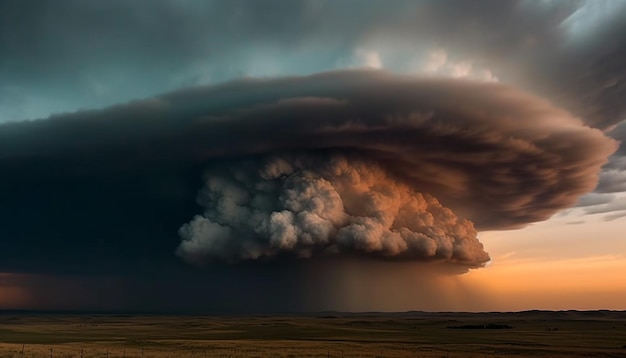
At its peak, Hurricane Katrina reached Category 5 intensity in the Gulf of Mexico. Natural disasters have always been a threat to humanity, with history documenting everything from ice ages to volcanic eruptions, earthquakes, droughts, wildfires, and floods. These threats continue to be a global concern today.
Over the past decade, we’ve seen a significant rise in both the frequency and severity of natural disasters worldwide. For example, the 2011 earthquake and tsunami in Japan caused massive destruction, while hurricanes like Katrina, Rita, and Sandy caused extensive damage in the United States. In countries like India, Afghanistan, and Pakistan, floods and mudslides have forced thousands of people from their homes. Similarly, a massive earthquake in the Indian Ocean in 2004 triggered a tsunami that devastated coastline areas and took over 300,000 lives.
These are just a few examples among many natural disasters that have struck since 2001. Because these events often hit densely populated and industrialized areas, they have led to increased insurance premiums. Climate change and rising sea levels are making coastal properties and cities more vulnerable, leading to higher insurance costs, especially in storm-prone areas like Boston, New York City, and Washington D.C.
While the intricacies of the insurance industry might not be everyone’s cup of tea, the issues highlighted by these natural disasters impact all of us. The rapid pace of human development and growth in risk-prone areas has led to an increase in insurance payouts, squeezing profit margins and challenging some firms’ ability to support policyholders during major catastrophes.
The rising number of global disasters is putting more pressure on insurance companies. Many people live along coastlines, and as sea levels continue to rise, the frequency and intensity of storms and other natural events are expected to increase.
Insurance companies face added challenges as more people move to these vulnerable areas. According to the 2010 census, nearly 60 percent of Americans live within 100 miles of the coast, with another 10 percent near lakes and rivers. This close proximity to water makes it more complex for insurance companies to assess risks amid changing weather patterns.
Even though more insured individuals mean higher premium payments, it doesn’t necessarily offset the large payouts following a disaster. Insurance coverage can run into millions of dollars, but the monthly premiums collected are often not enough to cover the compensations that follow a single year’s worth of disasters.
To address these challenges, insurance companies are improving their risk assessment methods and finding ways to limit expensive coverage options for new policyholders. They are increasing premiums for residents in high-risk areas and slightly raising prices in safer regions to spread the risk. Insurance companies are fully aware of the looming threats and are preparing for them. It’s no longer a question of ‘if’ but ‘when’ these disasters will occur.